Of the 52.2 million cars sold in the US, used cars account for nearly 74% (38.6 million) of the total sales. The increasing demand for automobiles and the availability of cars online drive the growth of online used car dealerships like Carvana.
What is Carvana?
Founded in 2012 by Ernest Garcia III, Ben Huston, and Ryan Keeton, Carvana is a US-based online used car dealer headquartered in Tempe, Arizona. This platform buys and sells used cars, and its custom financing and trade-in options make it easier for individuals to purchase a vehicle or trade their current automobile for their next one.
With its proprietary tech, Carvana changed how people bought and sold used vehicles. Its strong focus on customer experience helped it earn a coveted spot on the Fortune 500 list and was recognized as the second-best automotive brand in the US by Forbes.
Carvana Customer Segmentation
Carvana primarily caters to three types of customer segments:
- Individual buyers: As a used car dealership, Carvana primarily caters to retail buyers looking for a hassle-free and quick experience when buying their next vehicle.
- Wholesale buyers: Wholesale buyers purchase cars in bulk from the dealership. They help the brand maintain a lean inventory by buying vehicles that don’t pass inspection or are in excess.
- Sellers: Individuals who sell their used vehicles to the company, along with partnered dealers and auctions, help sustain the unique business model.
- Individuals who opt for a trade-in: This group of customers sells their current vehicle to the company to use the funds towards their next car purchase from the platform (within seven days of sale).
Carvana is one of the leading online car dealerships in the US and has witnessed tremendous growth in the past decade. But why do individuals trust this digital automotive company? Let’s find out.
Carvana’s Value Propositions
Carvana’s unique value propositions for its customers include the following:
1. Ease of buying and selling
Buyers and sellers don’t have to leave the comfort of their homes and go to a dealership to buy or sell a vehicle. They can complete the entire process online.
Buyers can browse the extensive collection of 25,000 cars, choose one that fits their requirements and budget, and have it delivered to their doorstep or picked up from one of the 39 Carvana vending machines.
On the other hand, sellers just need to share their vehicle’s details to receive a genuine offer from Carvana. If they accept the offer, a Carvana-appointed advocate will conduct a quick spot test before paying the agreed-upon amount.
2. Transparent pricing
Carvana facilitates the buying and selling journey with transparent pricing. Additionally, they don’t have to negotiate the best rates with a vendor or wonder about a salesperson’s motives. It saves them time and energy and makes decision-making easier.
3. Trade-in and financing
Sellers can trade in their current car for another on the platform. In comparison, buyers can get an auto loan from Carvana within two minutes upon qualification. Their credit score won’t be affected, and they can check the monthly payment amounts for each vehicle they like.
4. Return policy and 100-day limited warranty
Carvana further supports buyers by allowing them to take their new car for a ride. If they don’t like it, they can return the vehicle within seven days of delivery. Moreover, the company offers a 100-day or 4,189-mile limited warranty. This means the company will handle electrical or mechanical failures within the warranty period.
5. Protection plans
Carvana offers several protection plans to help buyers insure their cars. While CarvanaCare® Essential provides mechanical coverage, CarvanaCare® Plus offers comprehensive coverage and covers mechanical and electrical faults.
CarvanaCare® Premier offers premium coverage and covers Essential components, along with three oil changes and tire rotations annually, tire and wheel protection, and dents.
Moreover, GAP coverage offers protection if the car gets stolen or is beyond repair after an accident. Buyers don’t have to worry about paying the amount their insurance policy won’t cover.
Who are the Key Partners of Carvana?
Carvana’s partners have been instrumental in helping the company acquire customers from different walks of life and with the unique streaming requirements. Its key partners include:
- Automotive companies: In order to maintain a steady inventory of new and used cars; Carvana collaborates with numerous automotive brands, like BMW and Ford.
- Buyers: The platform depends on retail and wholesale buyers to offload its stock.
- Retail sellers: Carvana’s business model largely depends on the quantity or quality of cars it gets from individual sellers and auctions.
- Investors: The used car dealer has partnered with several investors to keep the company afloat while it grows.
- Delivery partners: They ensure the cars get delivered to and from the company on time.
- Financial institutions: They help the platform offer financing options to its customers. Root Insurance Co. helps the company provide comprehensive insurance policies to buyers.
- Auto repair partners: These third-party partners let the company offer vehicle maintenance to its buyers.
- Developers and IT partners: Technology partners ensure Carvana runs smoothly without glitches.
What are Carvana’s Key Resources?
Carvana’s key resources include:
- Carvana’s user-friendly website and app are its most significant resources.
- Profitable partnerships with retail buyers and sellers, third-party service providers, auto manufacturers, and financial institutions.
- Carvana’s ecosystem of employees and other human resources.
- Extensive collection of used vehicles.
- Dedicated car vending machines and 14 car inspection centers.
- Excellent brand image in the online used car dealership segment.
What are Carvana Channels?
Customers can buy and sell user cars on Carvana through its website. It has apps listed on Google Play and App Store to serve the varied buying and selling needs of its Android and iOS customers.
Additionally, the brand is active on multiple social channels—Facebook, X (formerly Twitter), Pinterest, LinkedIn, and Instagram—and leverages them to connect with car enthusiasts.
How does Carvana Maintain Customer Relationships?
Carvana customers can go to the Support section to get help. The platform has extensive self-service tools for common questions, like about the car inventory at Carvana, purchasing a car, trading in and selling, payment and financing, pickup and delivery, and vehicle protection and repairs.
If that doesn’t help, users can chat with Sebastian (the chatbot) or drop a text between 7 AM and 12 AM EST. They can even leave their name and mobile number and request the company to text them.
What is Carvana’s Cost Structure?
Carvana’s cost of sales was around $12.4 billion for the fiscal year ended December 31, 2022. It also spent over $2.7 billion on selling, general, and administrative expenses. Goodwill impairment cost the company $847 million, while interest expense amounted to $486 million. The company also spent $70 million on other expenses.
How Does Carvana Generate Revenue?
Carvana’s net sales and operating revenue were around $13.6 billion for the fiscal year ended December 31, 2022. This figure includes $10.3 billion in revenue in retail vehicle sales, $2.6 billion in wholesale vehicle sales and revenues, and $741 million in other sales and revenues. But how does Carvana make money? Does it only earn revenue from selling cars? Let’s find out.
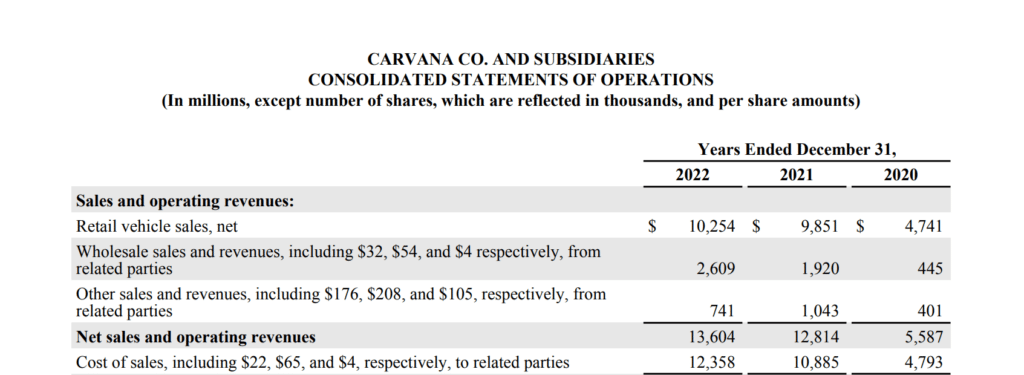
Carvana’s revenue streams can be categorized into three sections:
1. Selling cars
Carvana’s primary source of income is the sale of used cars to retail consumers. It also makes a pretty penny from wholesaler car purchases.
2. Financing
Carvana’s auto financing scheme allows it to charge interest on monthly payments from customers who choose the hassle-free option to buy their next car.
3. Vehicle coverage
The used car dealer also profits when a buyer chooses one of its coverage plans or the GAP insurance scheme.
The Bottom Line: Carvana is carving a niche in the auto industry
With its digital model, Carvana is changing how buyers purchase used cars and how sellers make money from their current vehicles. The added flexibility, insurance options, and transparent pricing add to the company’s allure.
References & more information
- Mathilde Carlier (August 29, 2023). US new and used car sales 2010-2022. Statista
- Carvana
- Why Carvana | About us
- Sell or Trade In Your Car Online – Carvana
- Carvana Named #2 Automotive Brand on Forbes 2022 Most Customer-Centric Companies List
- Daniel Pereira (April 14, 2023). Carvana Business Model. The Business Model Analyst
- Buying A Car Online From Carvana | How It Works
- Learn About Carvana Delivery Procedure
- Carvana Vending Machines
- Carvana Limited Warranty | Help Center
- Carvana Care Vehicle Service Protection and Total Loss GAP Protection
- Carvana Co. (CVNA): Business Model Canvas. Discounted Cash Flow
- Carvana Mobile App
- Carvana Help & Support
- ANNUAL REPORT
- Viktor Hendelmann. The Carvana Business Model – How Does Carvana Make Money? Productmint
- Featured Image by Hilbert Hill
Tell us what you think? Did you find this article interesting? Share your thoughts and experiences in the comments section below.

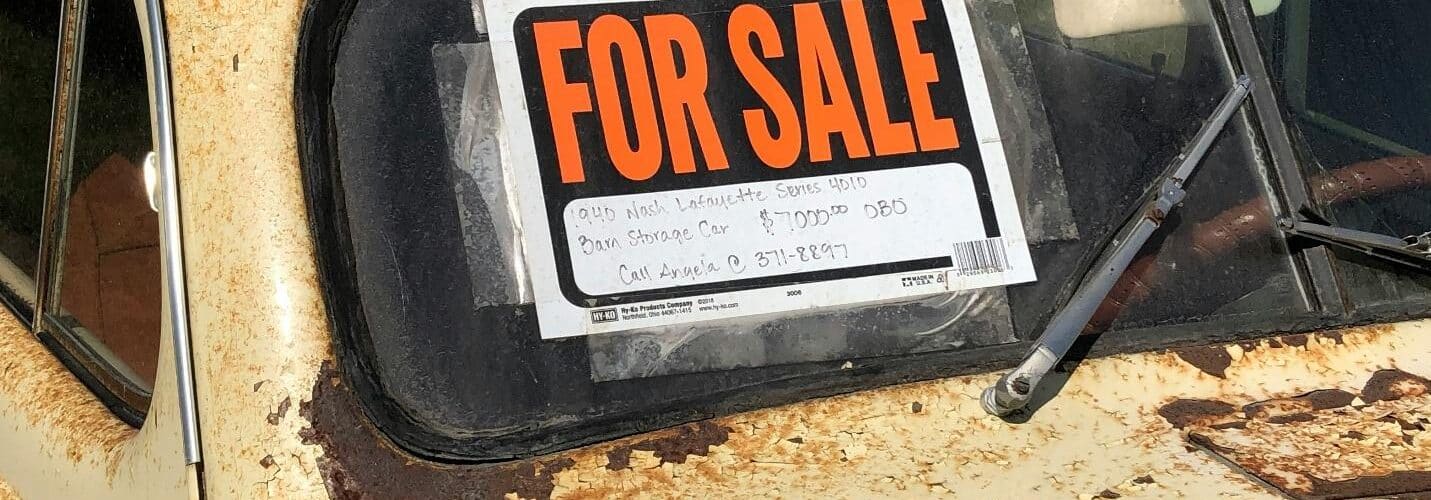





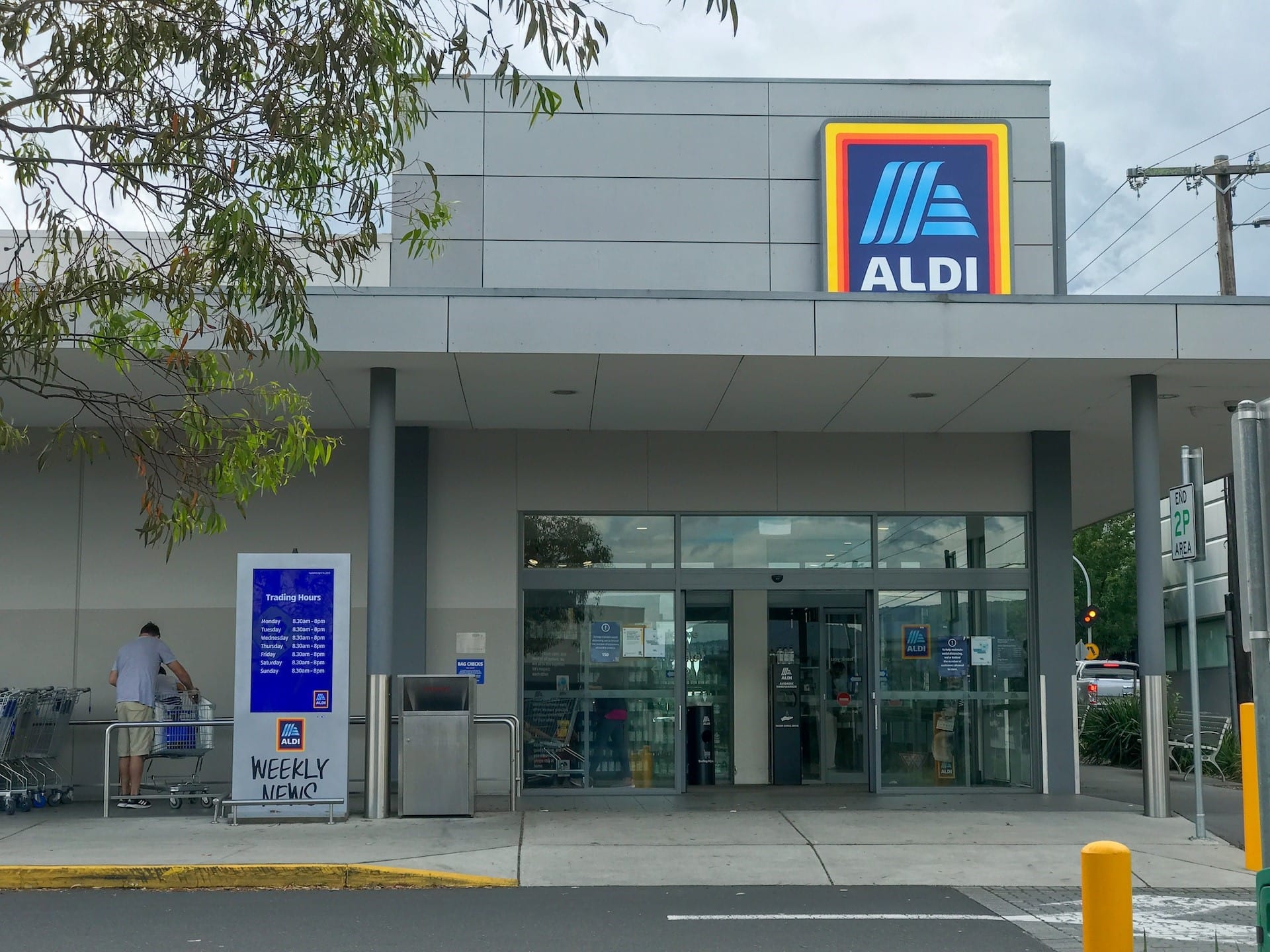
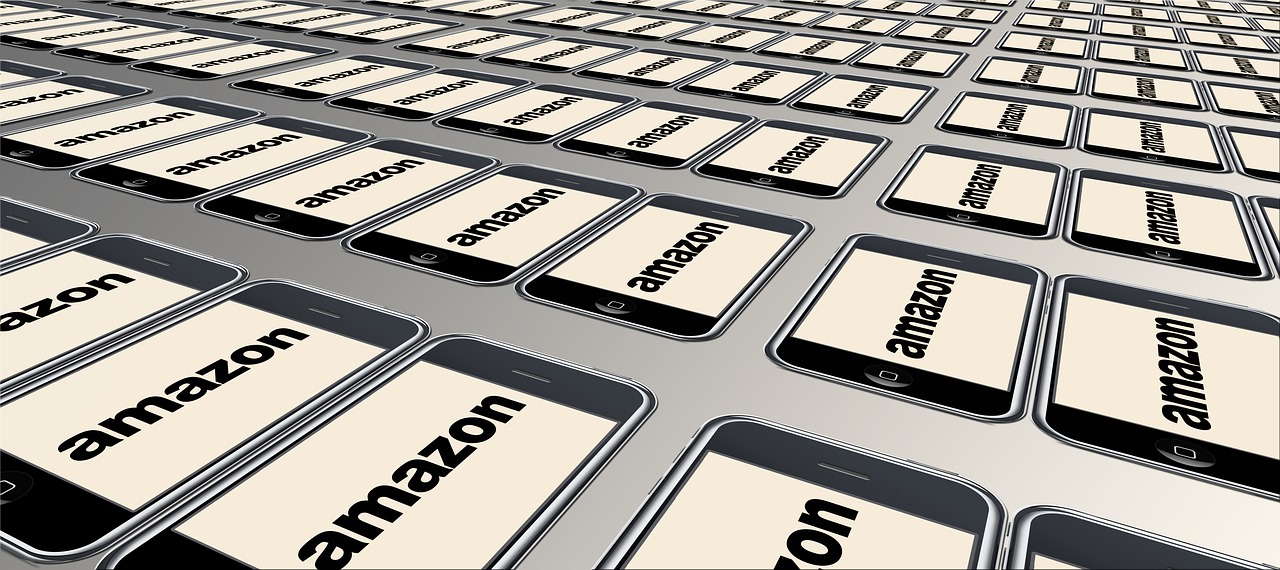
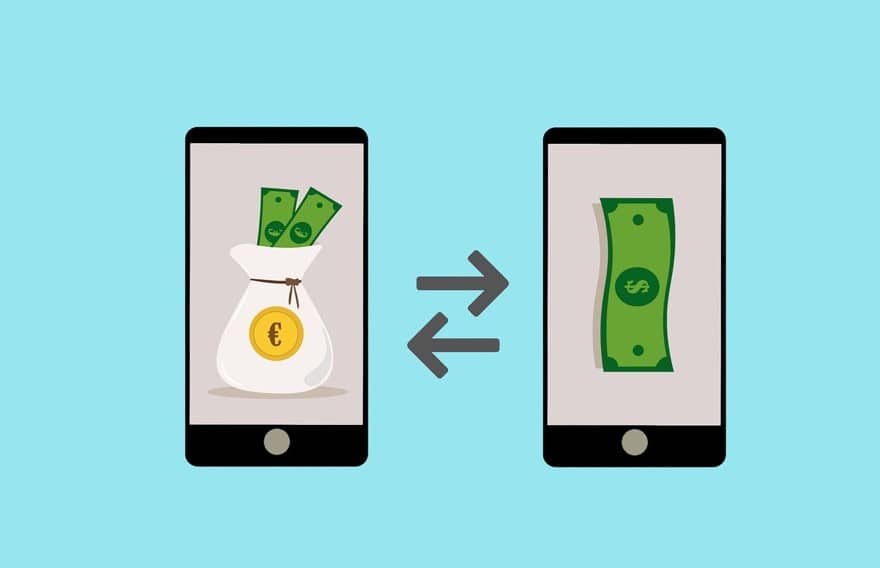


Add comment